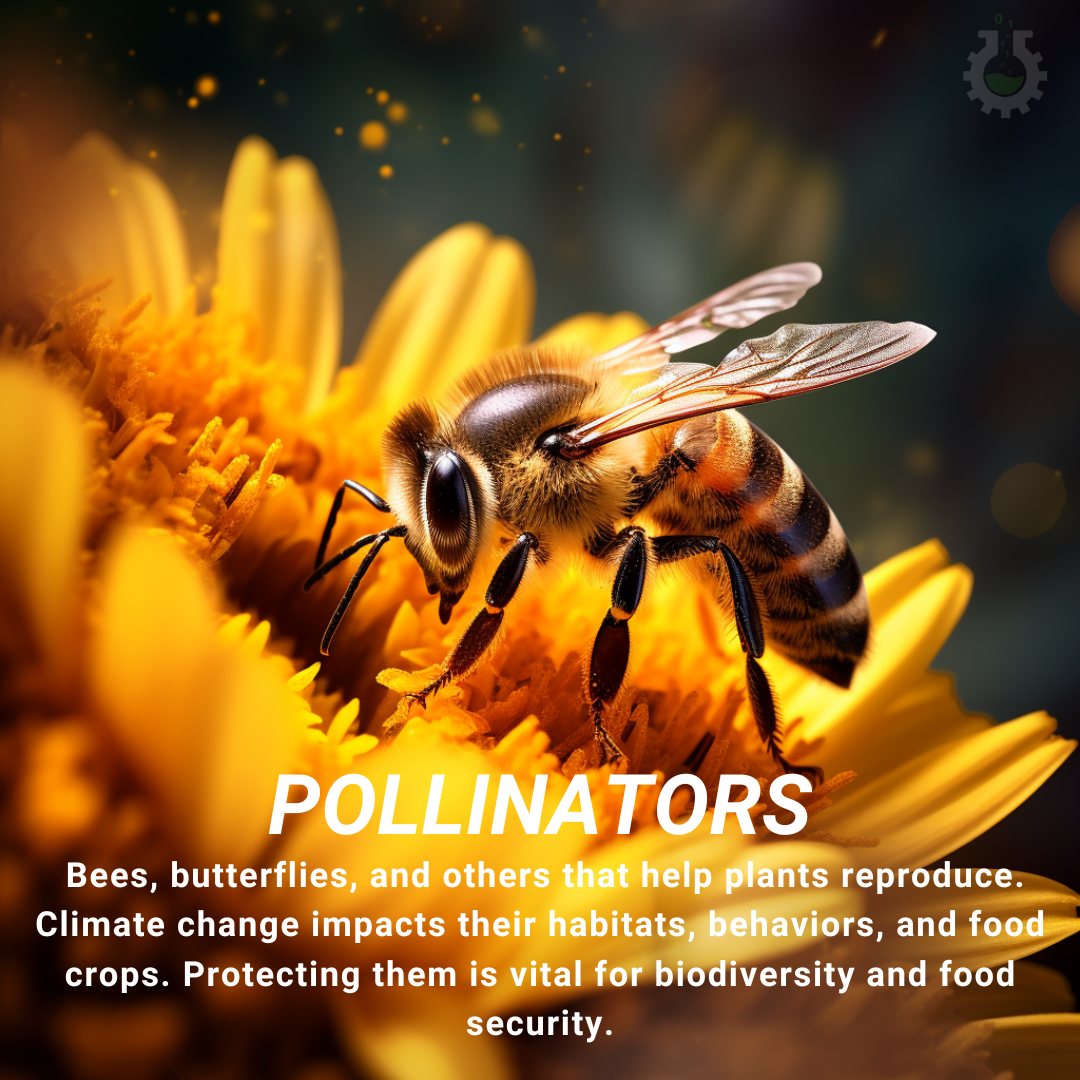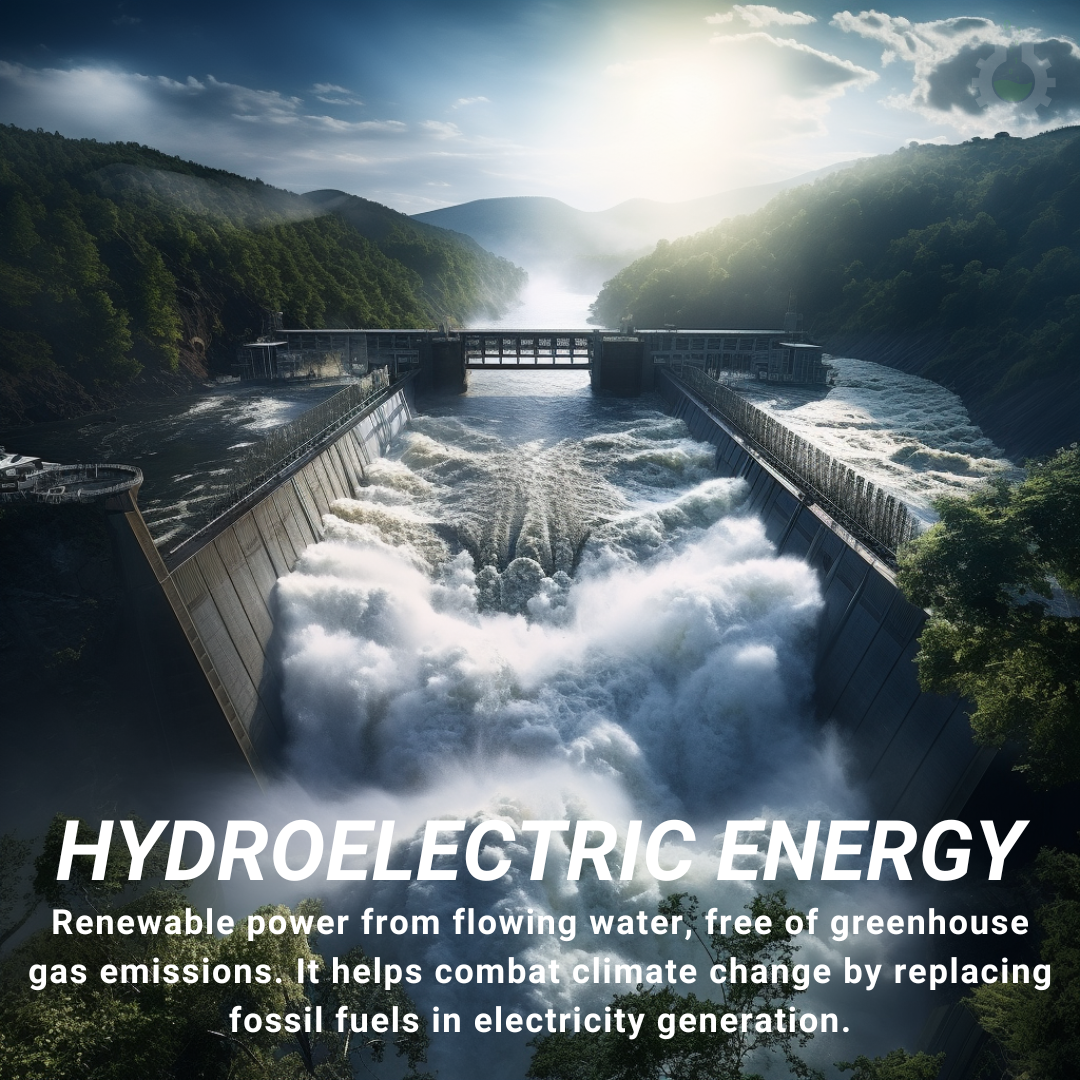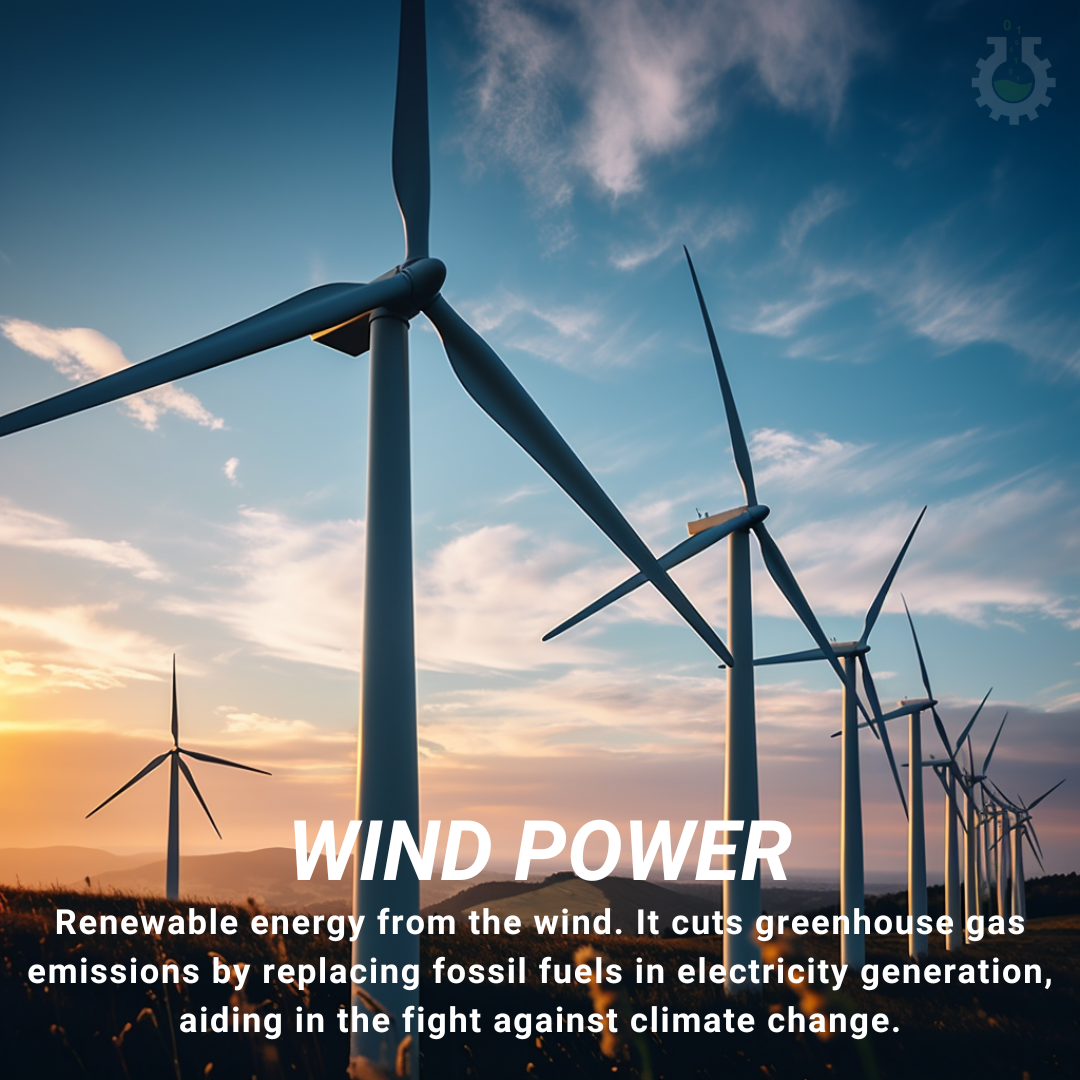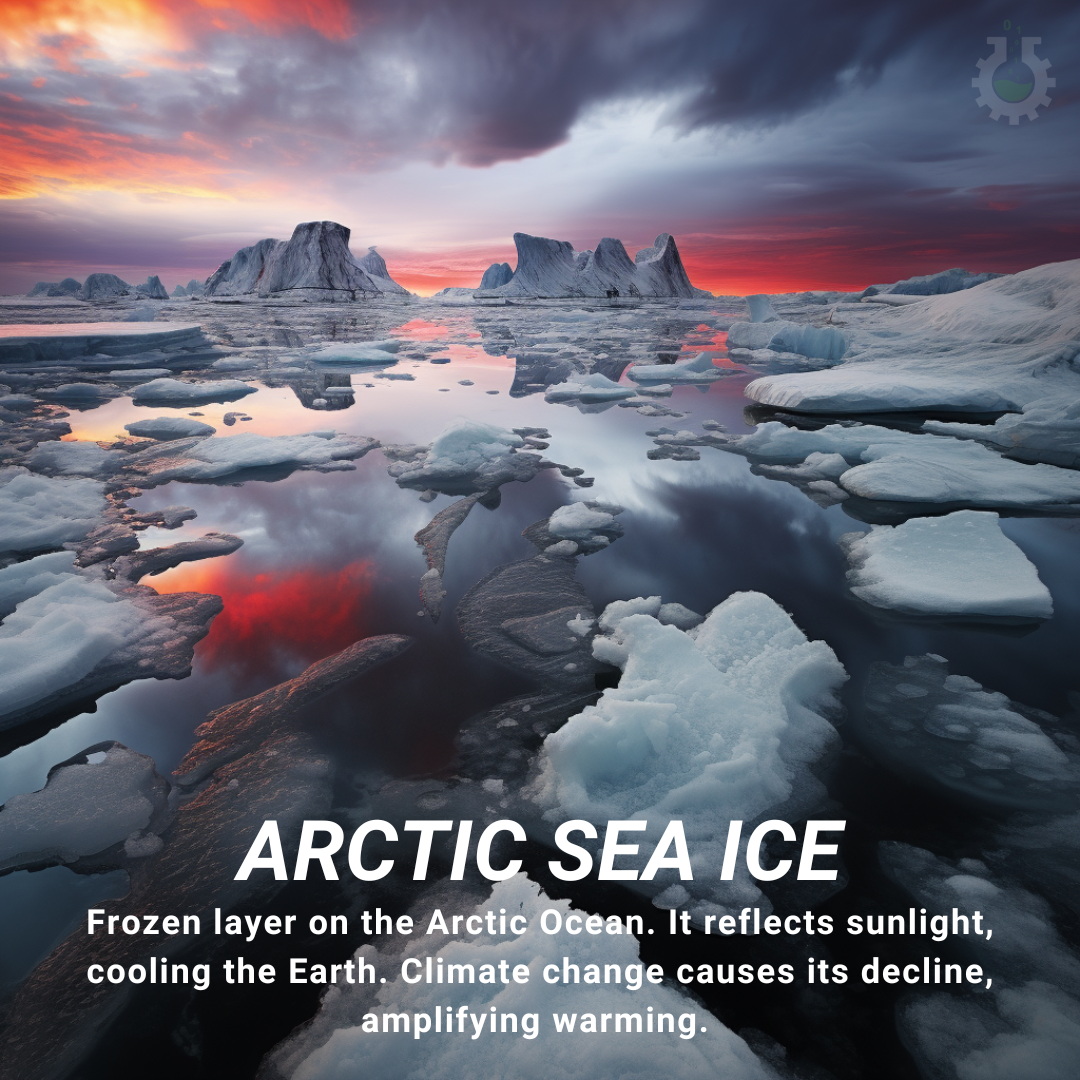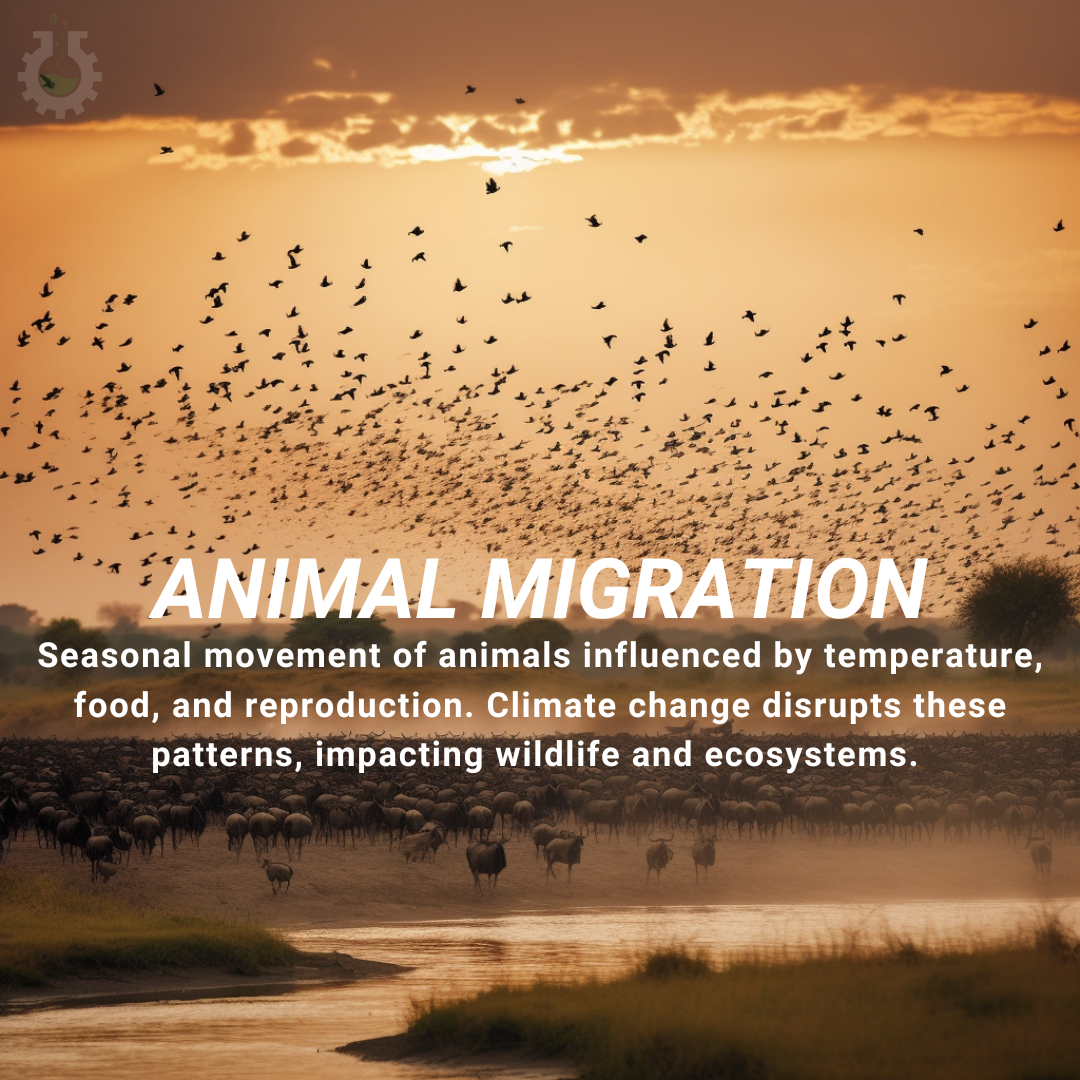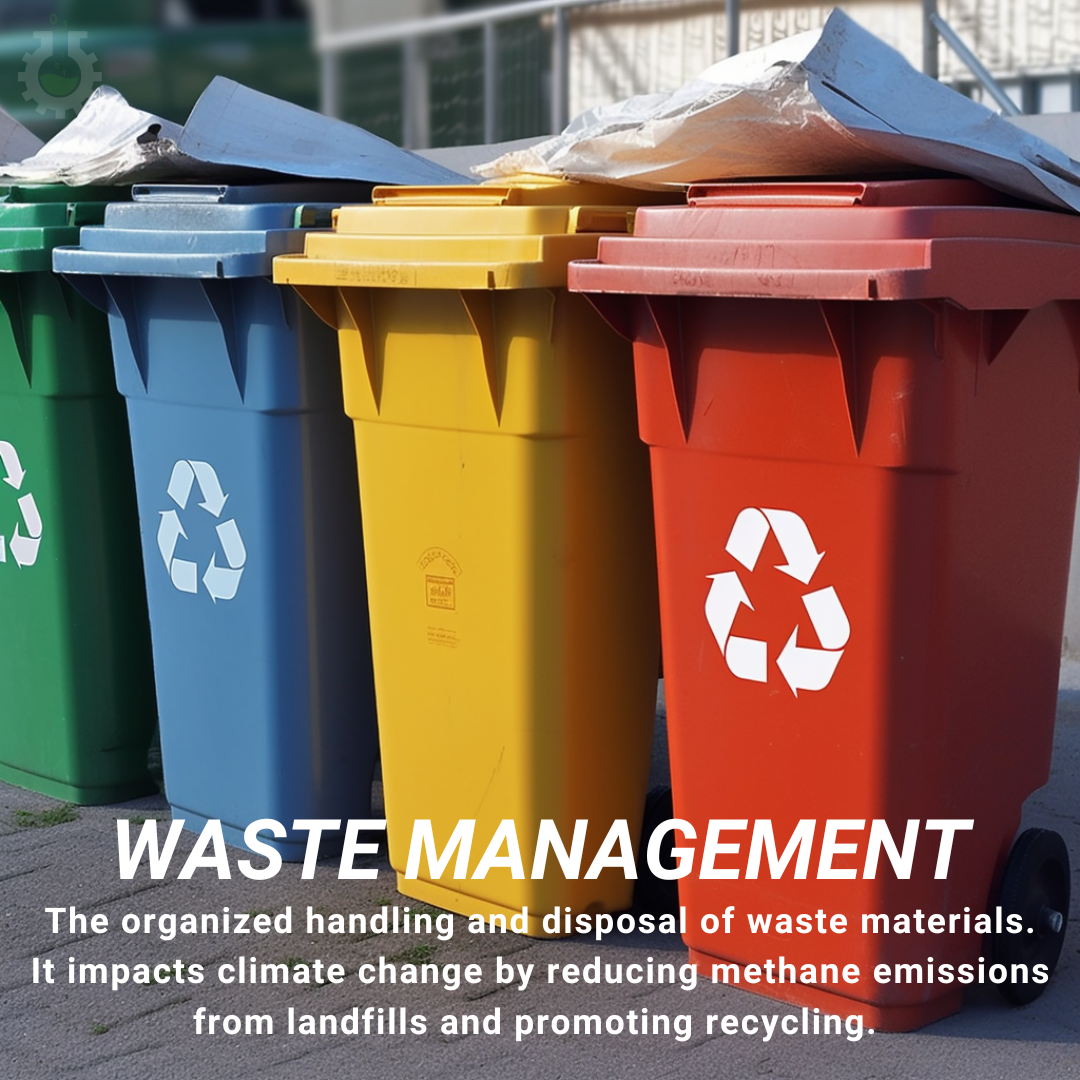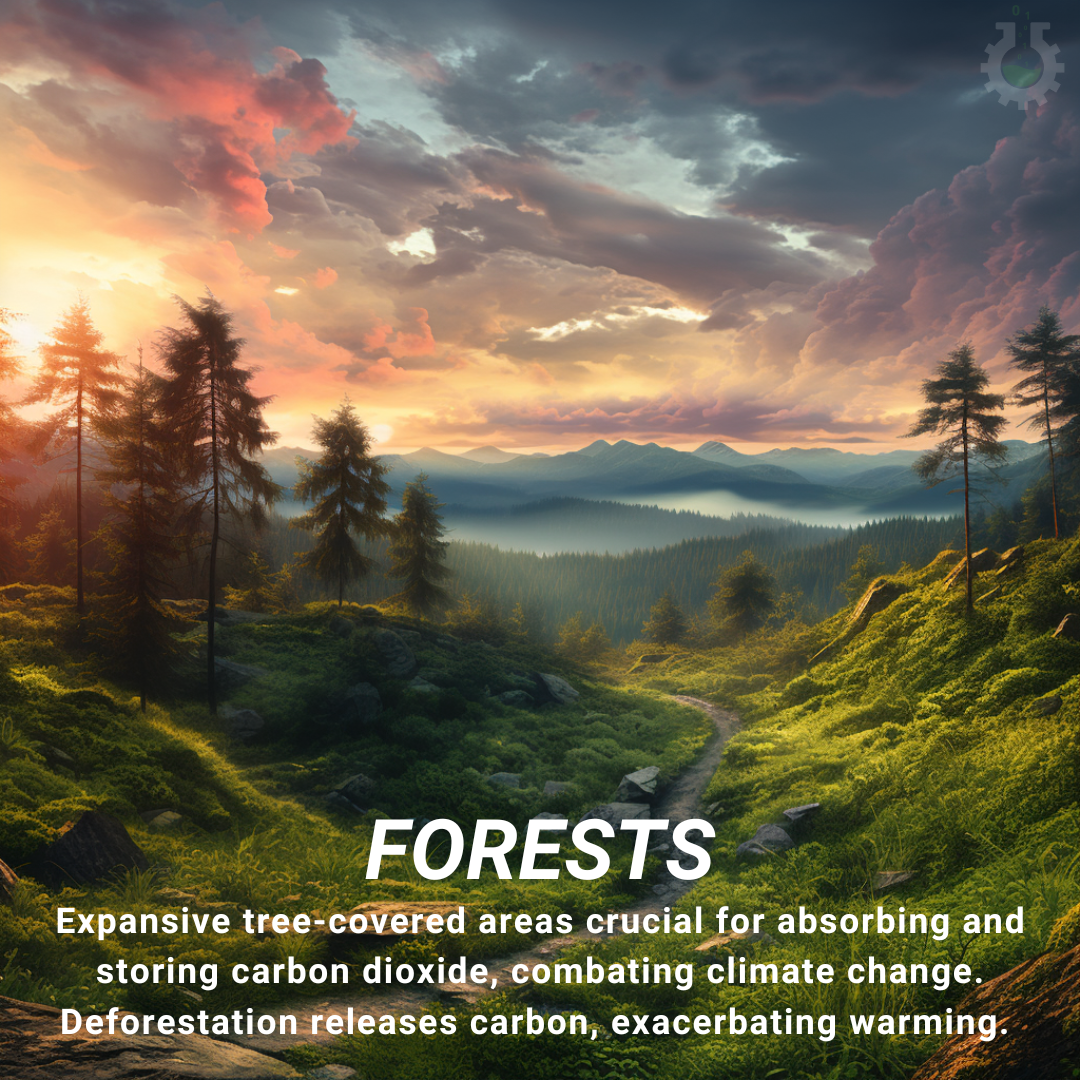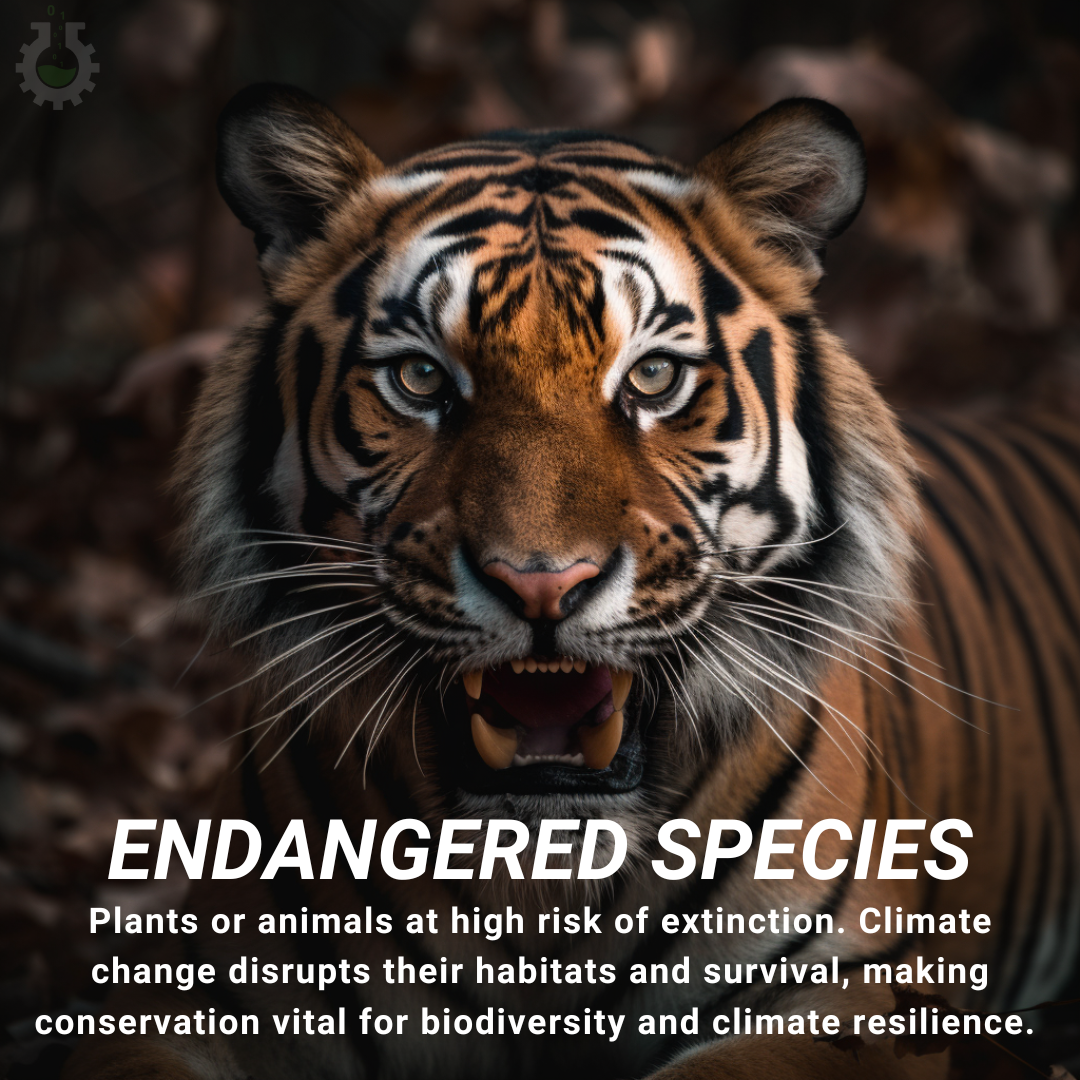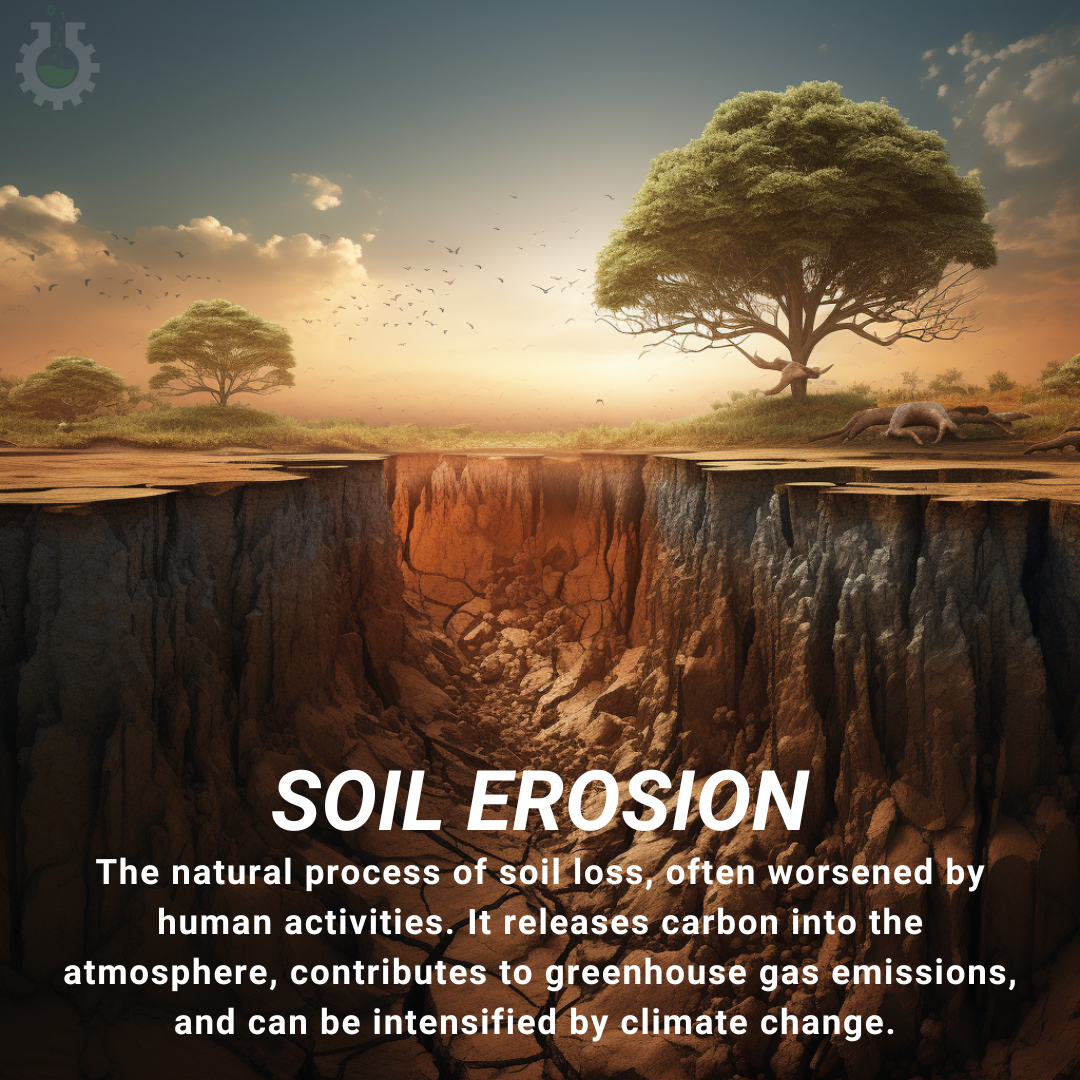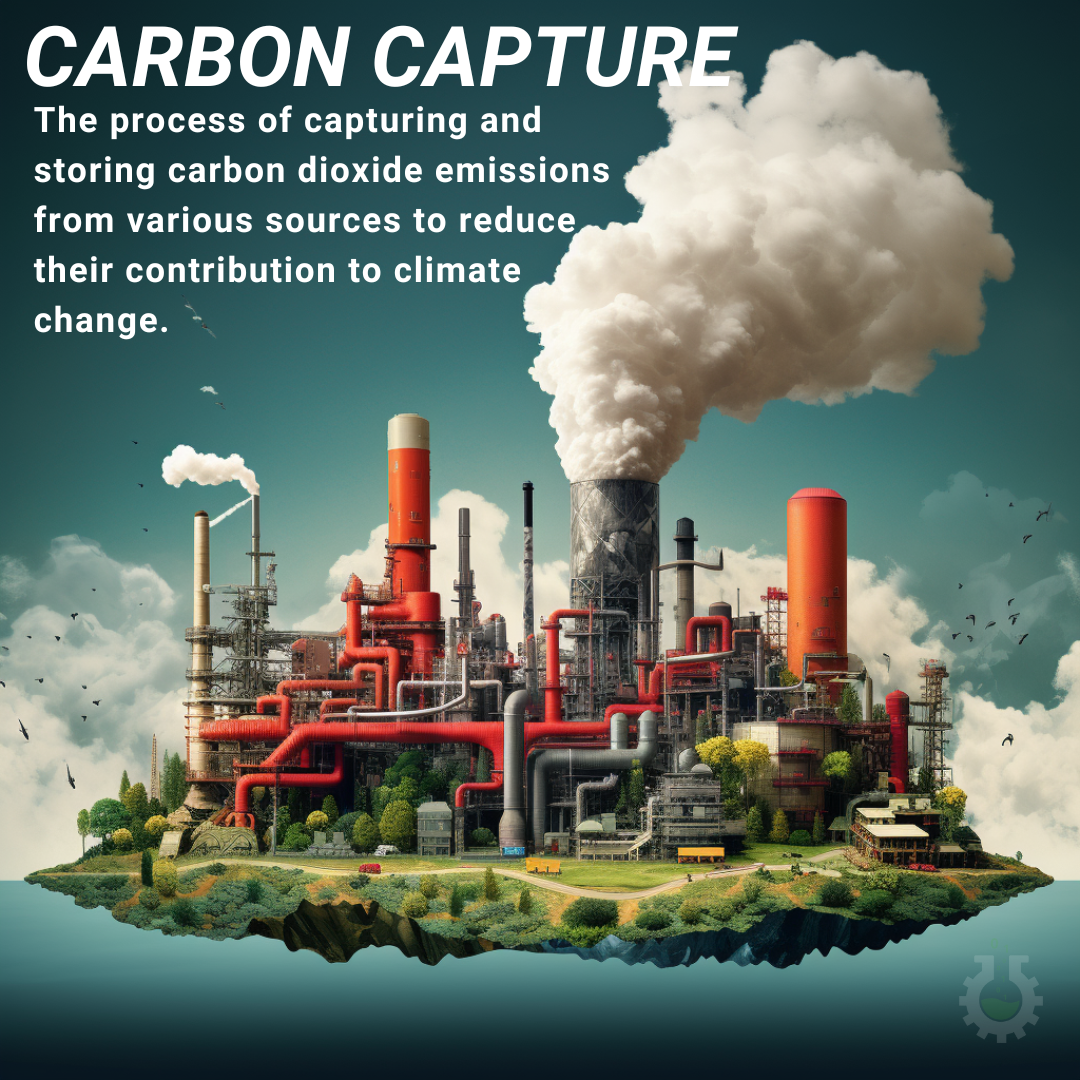Pollinators are animals like bees, butterflies, and birds that transfer pollen between flowers, enabling plant fertilization and the production of fruits and seeds. They play a crucial role in ecosystem health and food production. Connection to Climate Change: Climate change affects the availability of flowers and nesting sites for pollinators, disrupts their migration patterns, and […]
Hydroelectric Energy is a renewable energy generated by harnessing the gravitational force of falling or flowing water, typically in dams or water turbines. It’s a clean and sustainable power source that contributes to reducing greenhouse gas emissions. Connection to Climate Change: Hydroelectric energy plays a crucial role in mitigating climate change by providing electricity without […]
Wind Power a renewable energy source generated by harnessing the kinetic energy of moving air using wind turbines. It’s a clean and sustainable alternative to fossil fuels for electricity generation. Connection to Climate Change: Wind power helps combat climate change by producing electricity without emitting greenhouse gases, such as carbon dioxide. Its adoption reduces reliance on […]
Arctic Sea Ice is the layer of frozen seawater that covers the Arctic Ocean and surrounding seas, varying in thickness and extent with the seasons. It plays a critical role in regulating the Earth’s climate by reflecting sunlight and helping to cool the planet. Connection to Climate Change: Arctic sea ice is rapidly declining due […]
Animal Migration is the seasonal movement of animals from one region or habitat to another, often driven by factors like temperature, food availability, or reproduction. Connection to Climate Change: Climate change can disrupt animal migration patterns by altering temperature and ecological conditions. This can affect the timing of migrations, the availability of food, and the […]
Waste Management is the systematic handling, collection, transportation, and disposal of waste materials, with the aim of minimizing environmental and health impacts. Connection to Climate Change: Effective waste management reduces greenhouse gas emissions by minimizing methane production from landfills and promoting recycling and composting. Reducing waste generation and adopting sustainable waste management practices are critical […]
Forests, a vast areas of land covered primarily with trees, playing a critical role in mitigating climate change by absorbing and storing carbon dioxide (CO2) from the atmosphere through photosynthesis. Forests also influence climate by regulating local temperatures, rainfall patterns, and supporting biodiversity. Connection to Climate Change: Forests act as carbon sinks, sequestering CO2 from […]
Endangered species are species of plants or animals that face a high risk of extinction in the near future. Climate change can significantly impact endangered species by altering their habitats, food sources, and migration patterns, exacerbating their vulnerability and pushing them closer to extinction. Protecting endangered species is crucial for biodiversity and climate resilience.
Soil Erosion is the natural process of soil removal and transport, often accelerated by human activities such as deforestation and agriculture. It can lead to the loss of fertile topsoil and degradation of land quality. Soil erosion has several connections to climate change. When soil erodes, it releases stored carbon into the atmosphere, contributing to […]
Carbon Capture is a process of capturing carbon dioxide (CO2) emissions from various sources, such as power plants or industrial facilities, and preventing them from entering the atmosphere. This technology is designed to reduce the concentration of CO2, a major greenhouse gas, in the atmosphere and mitigate its contribution to climate change. Connection to Climate […]


